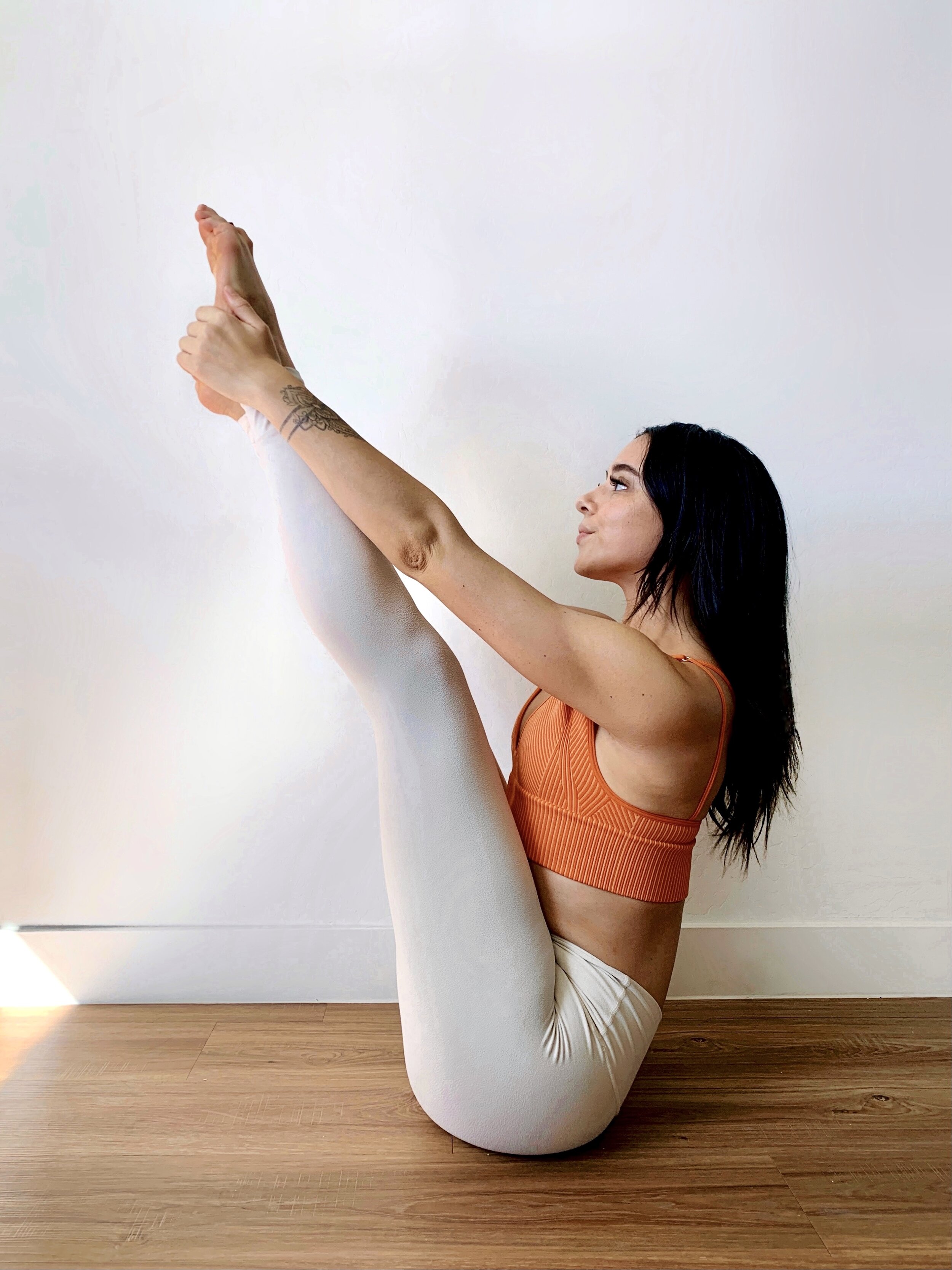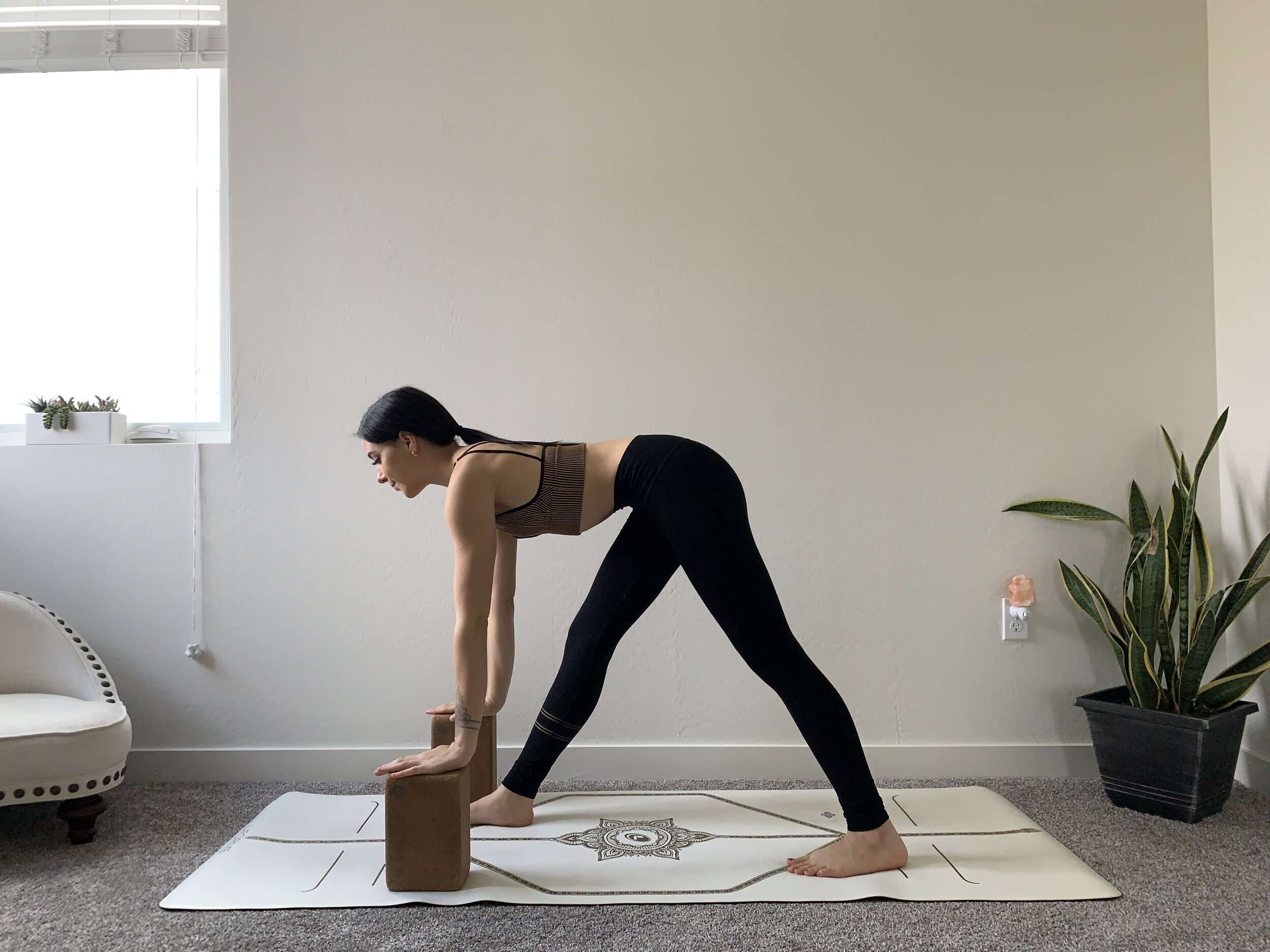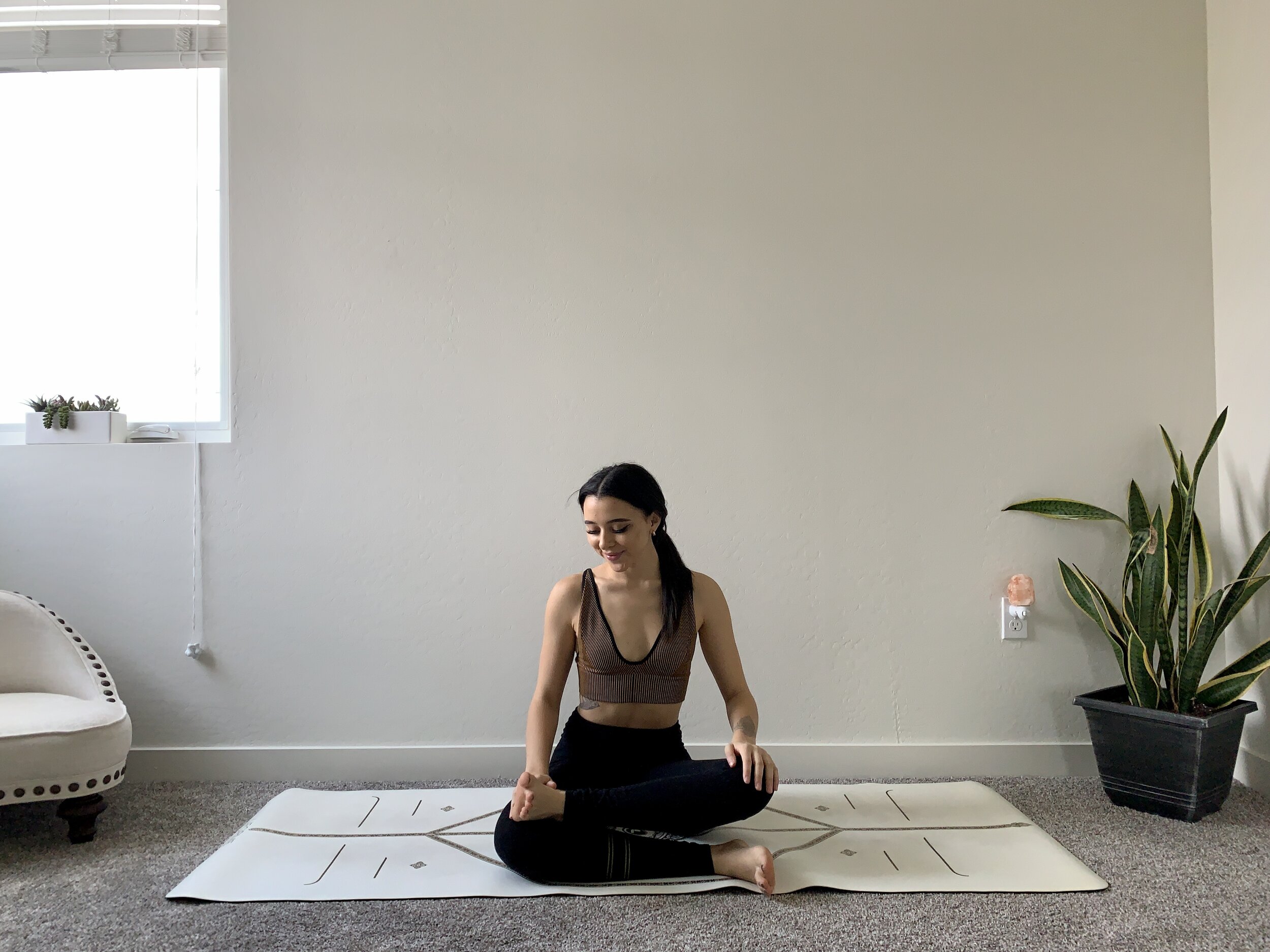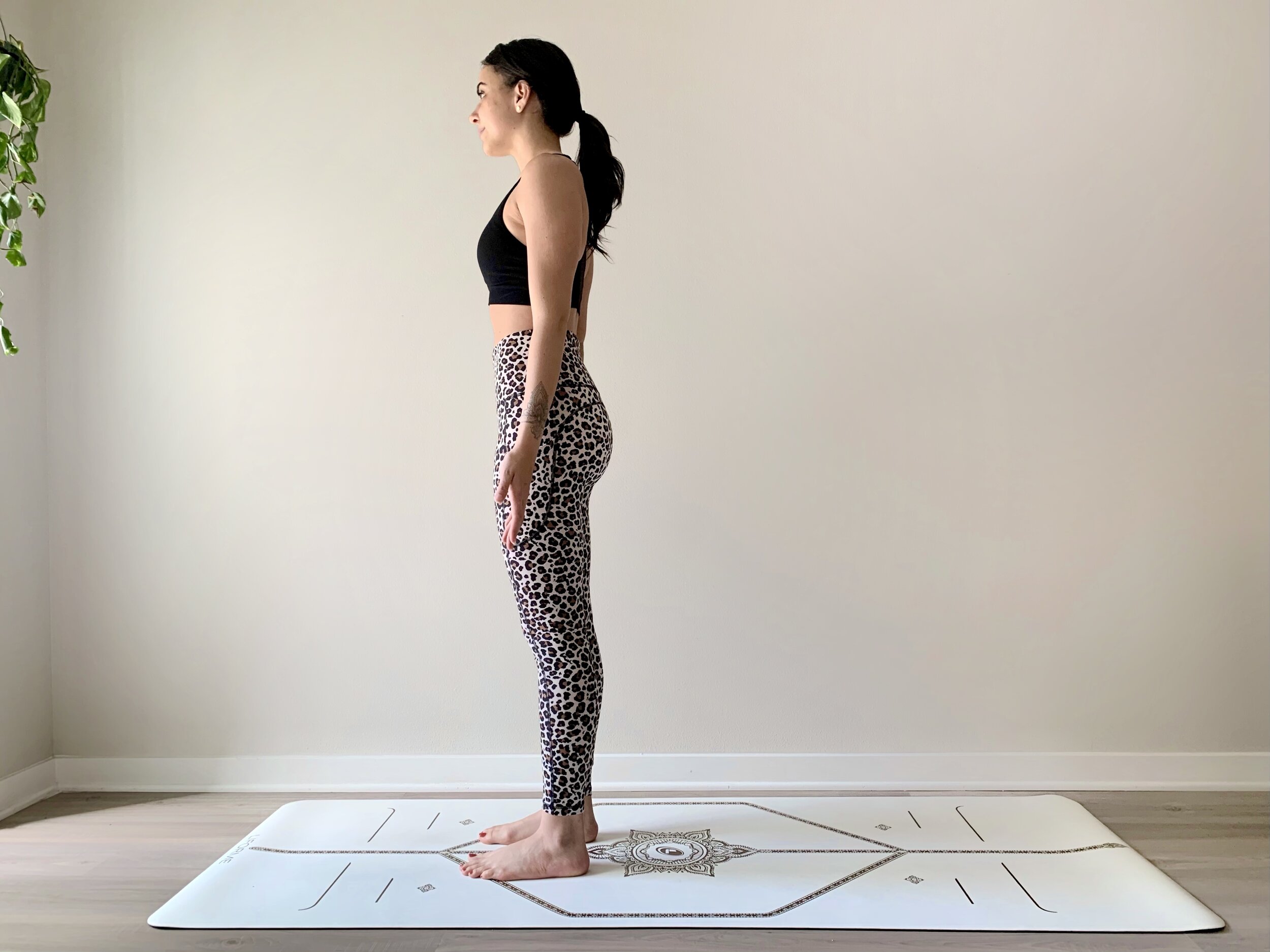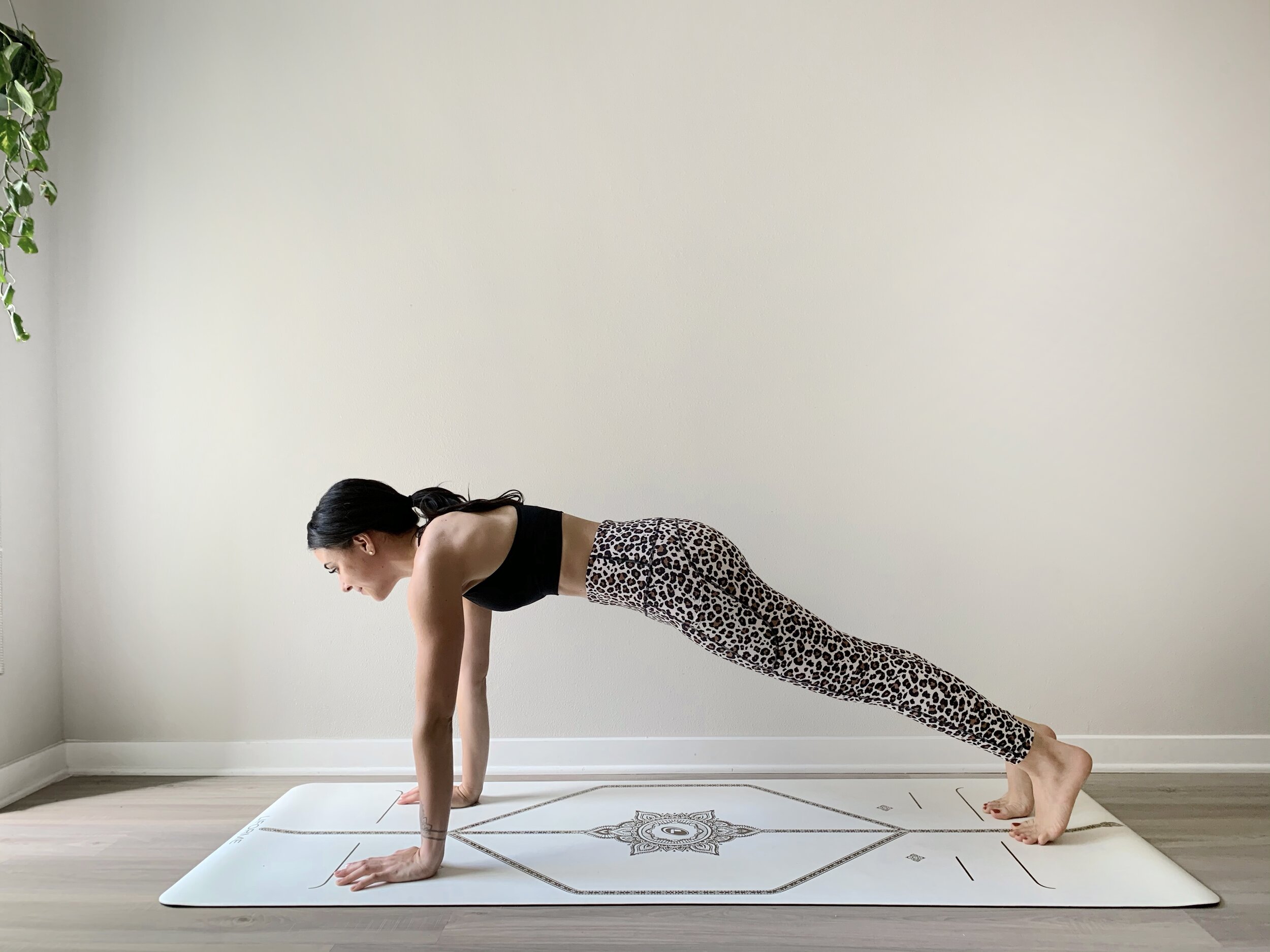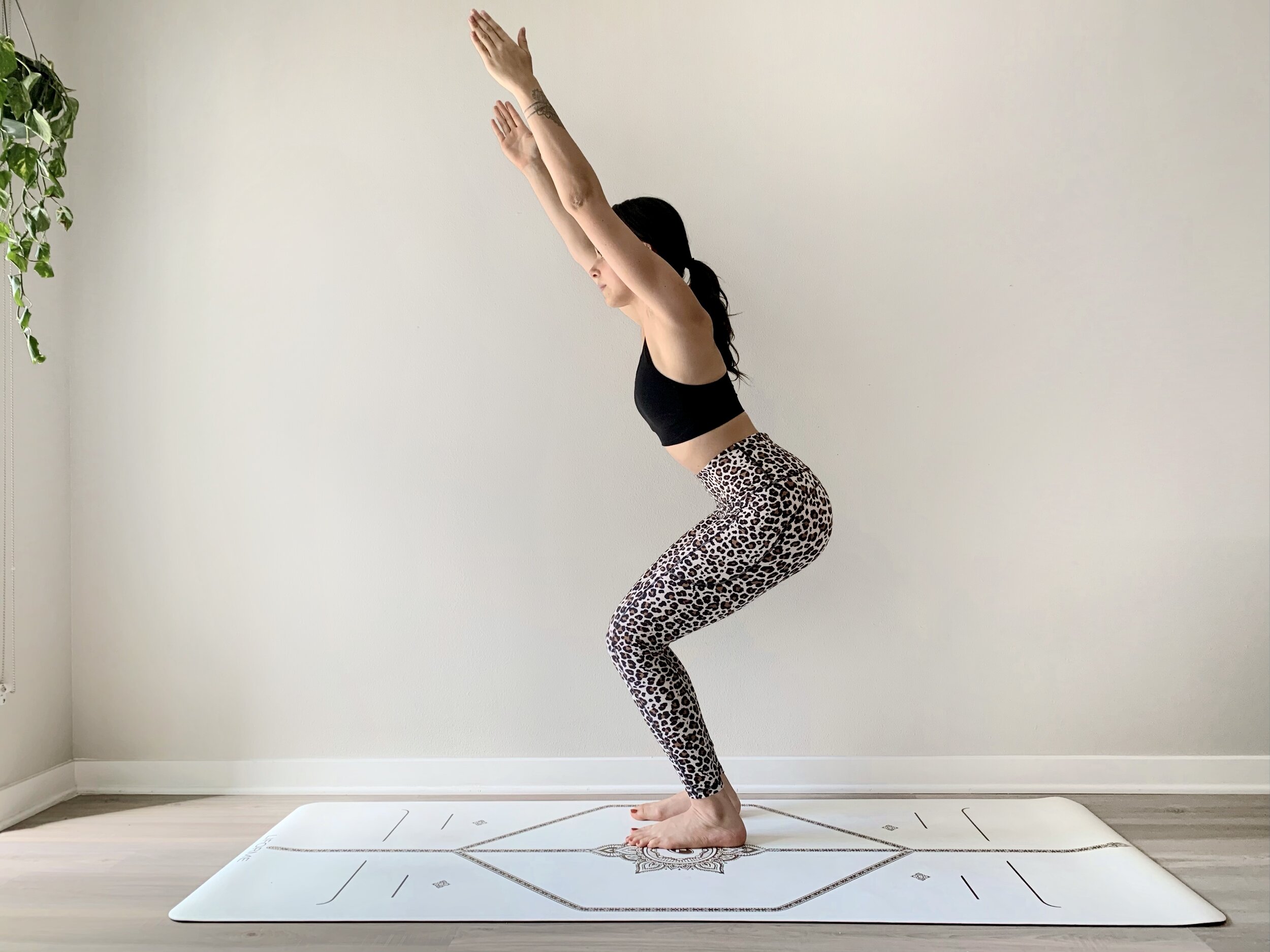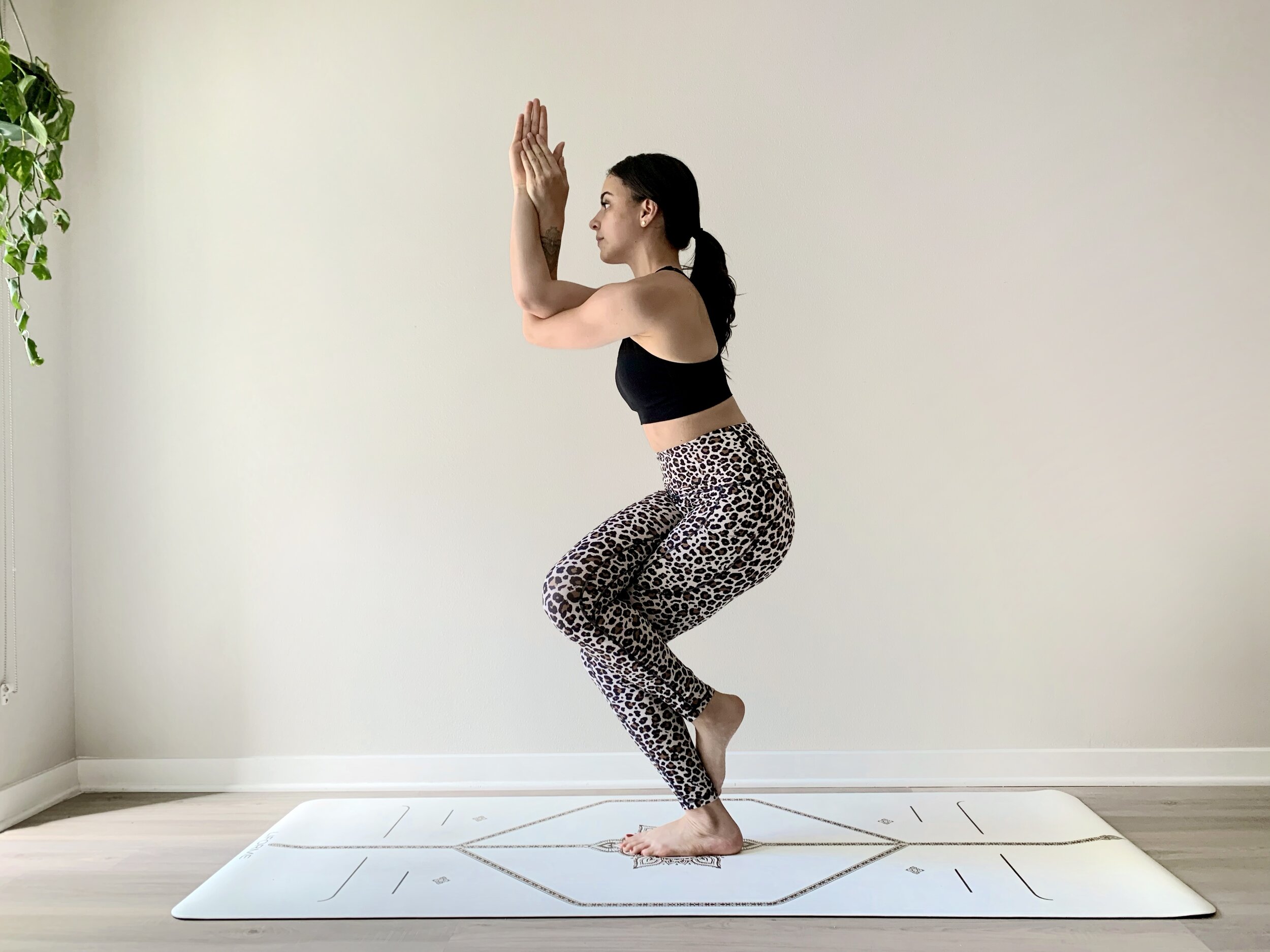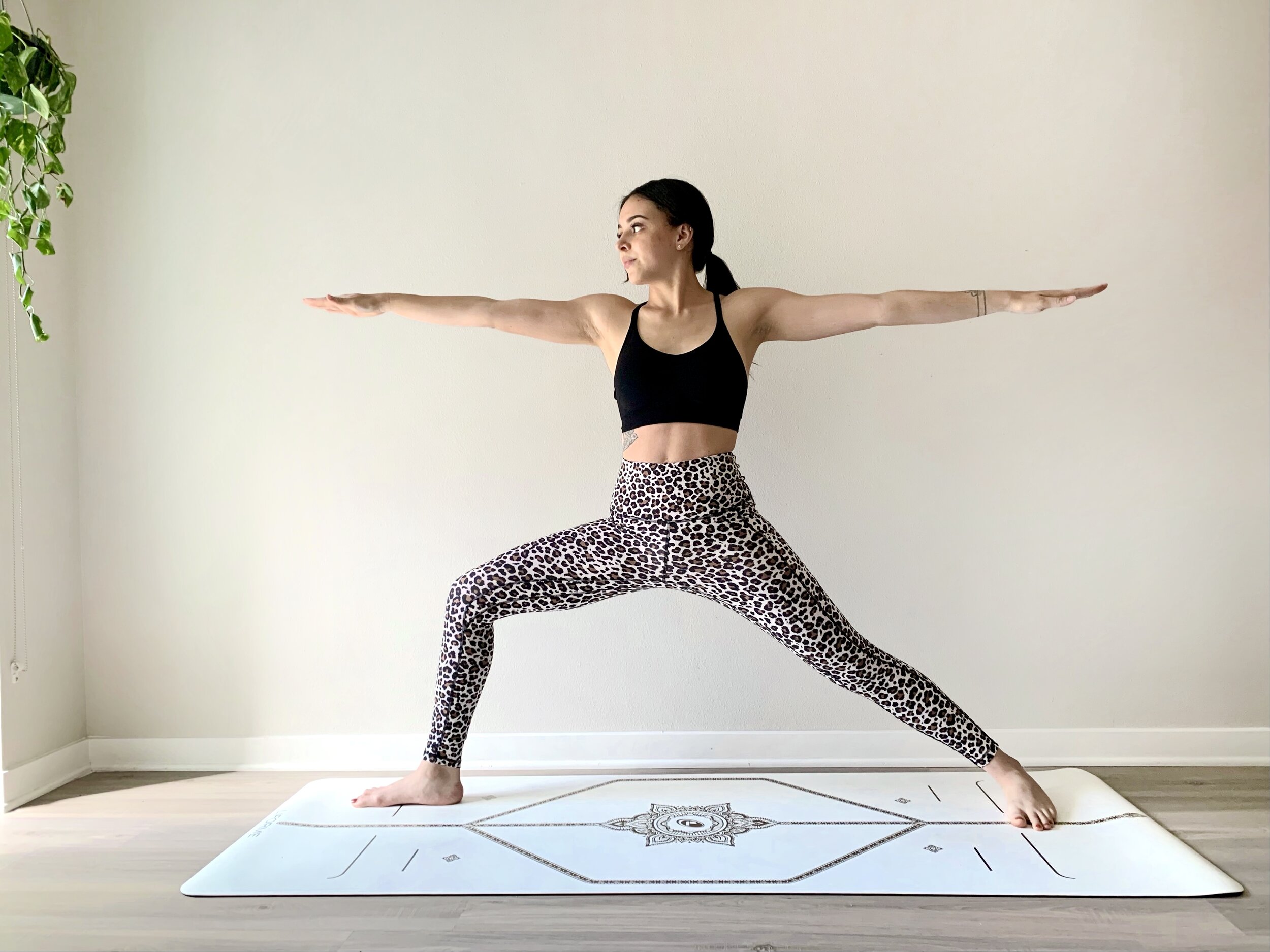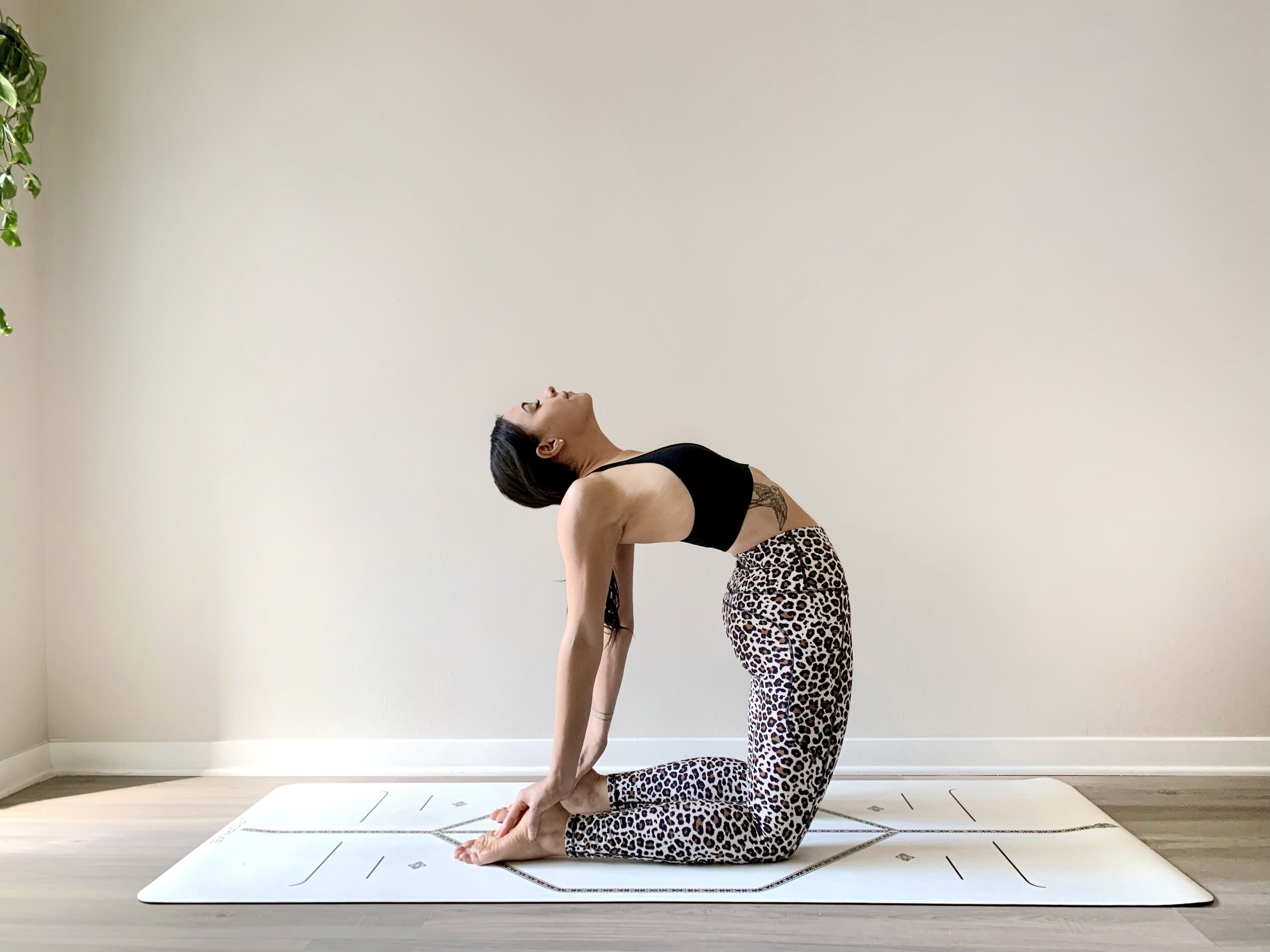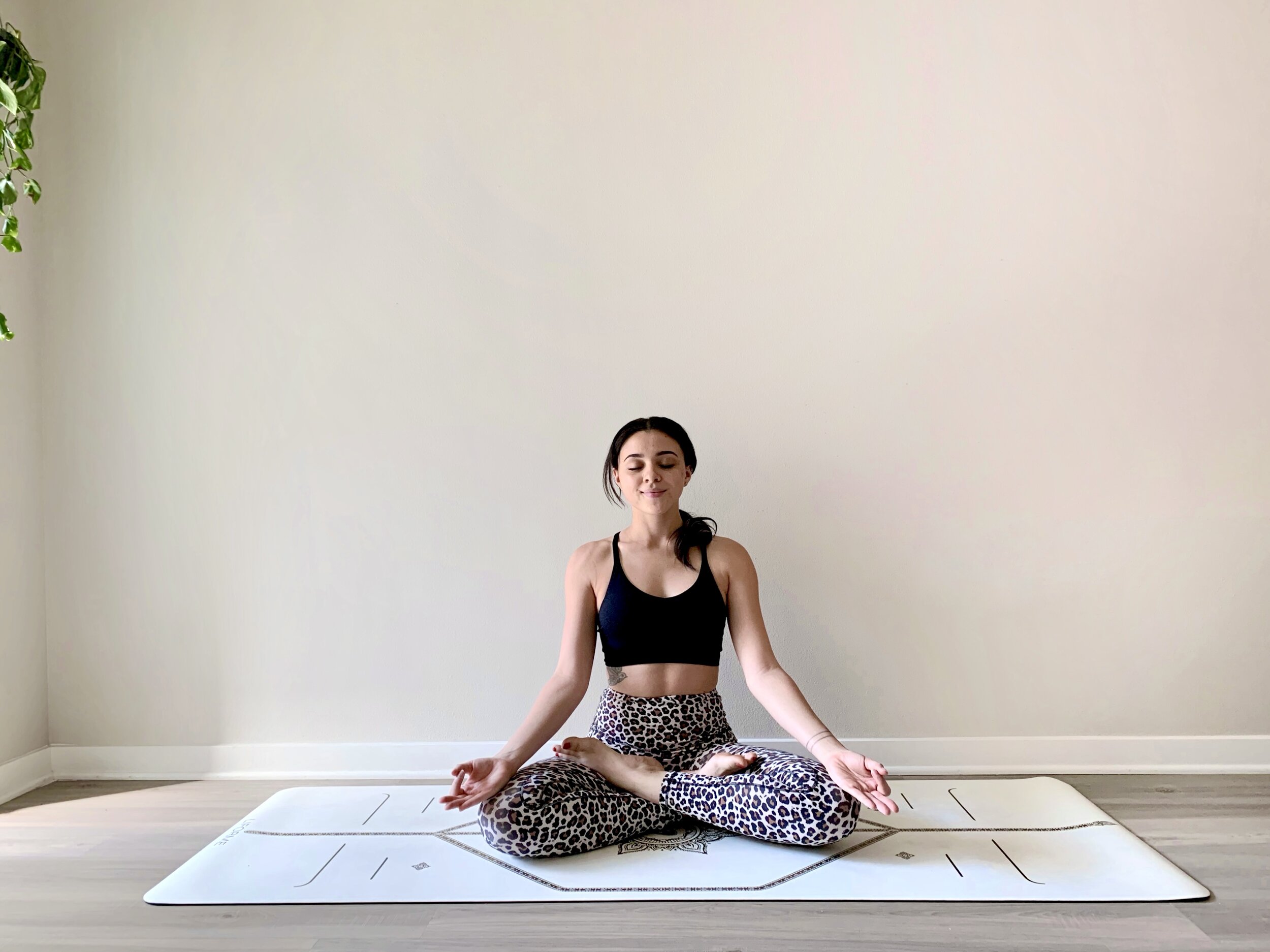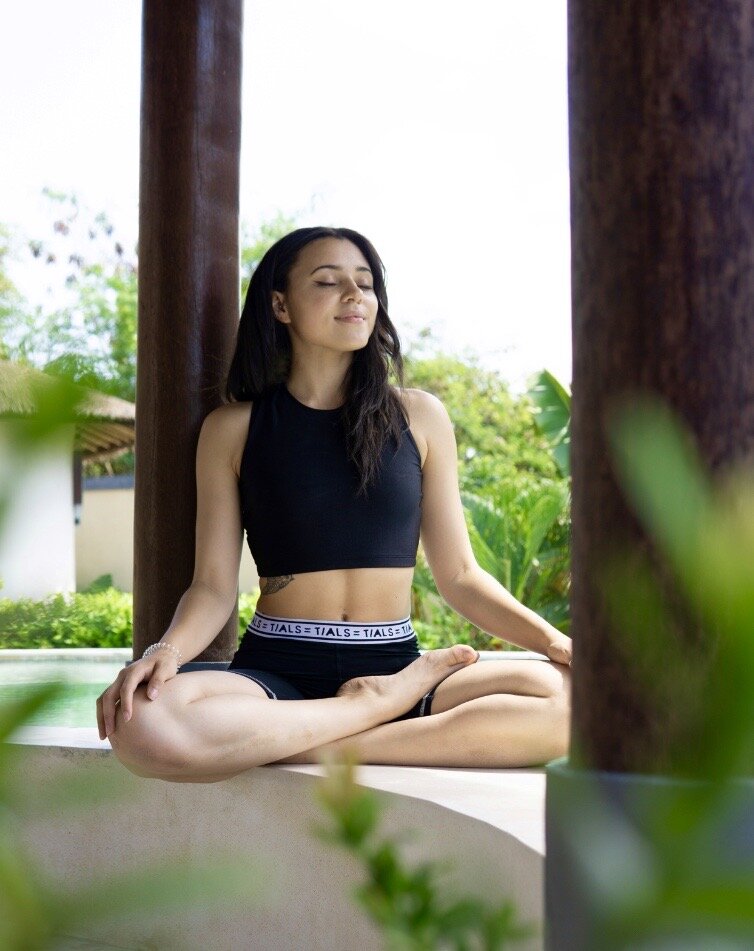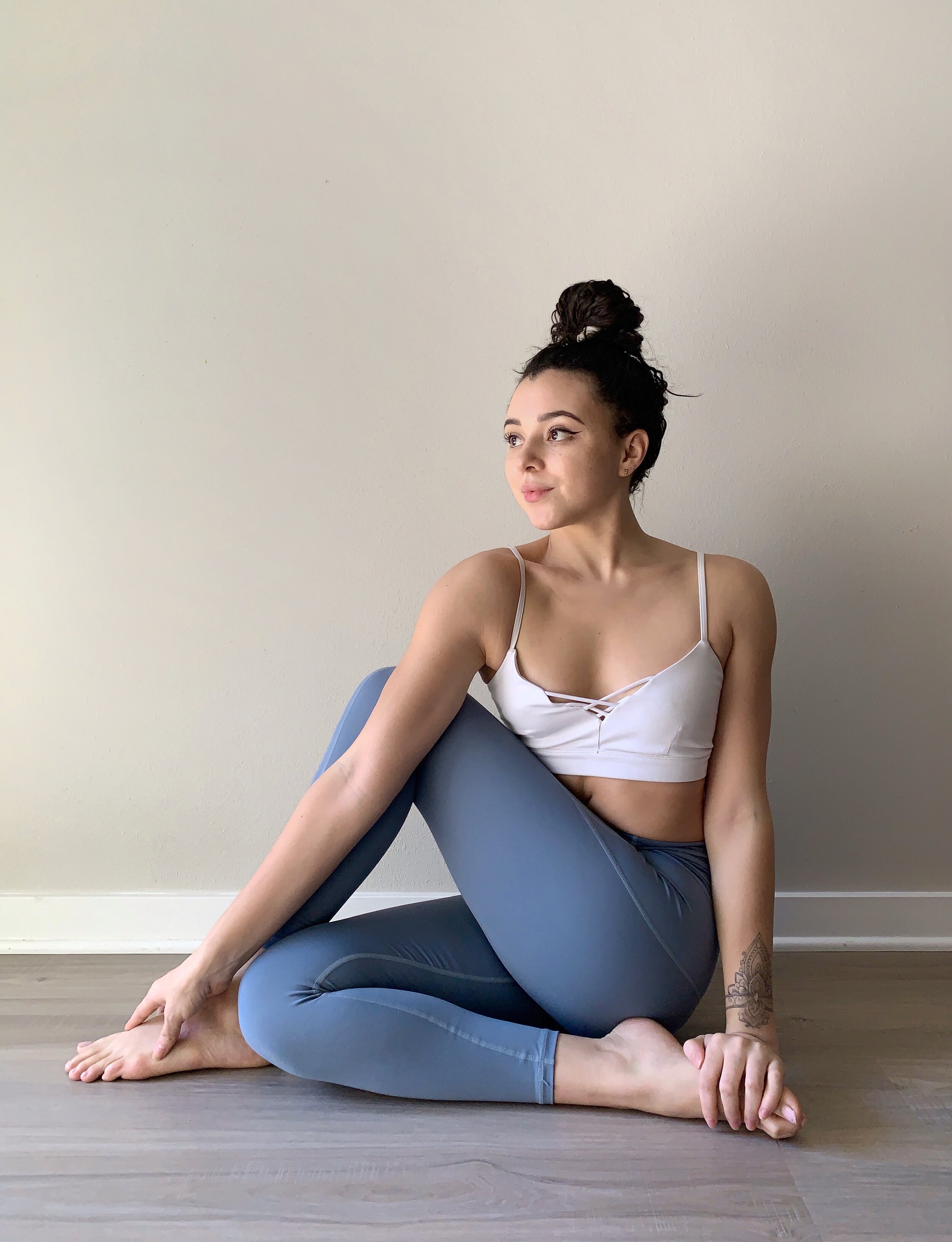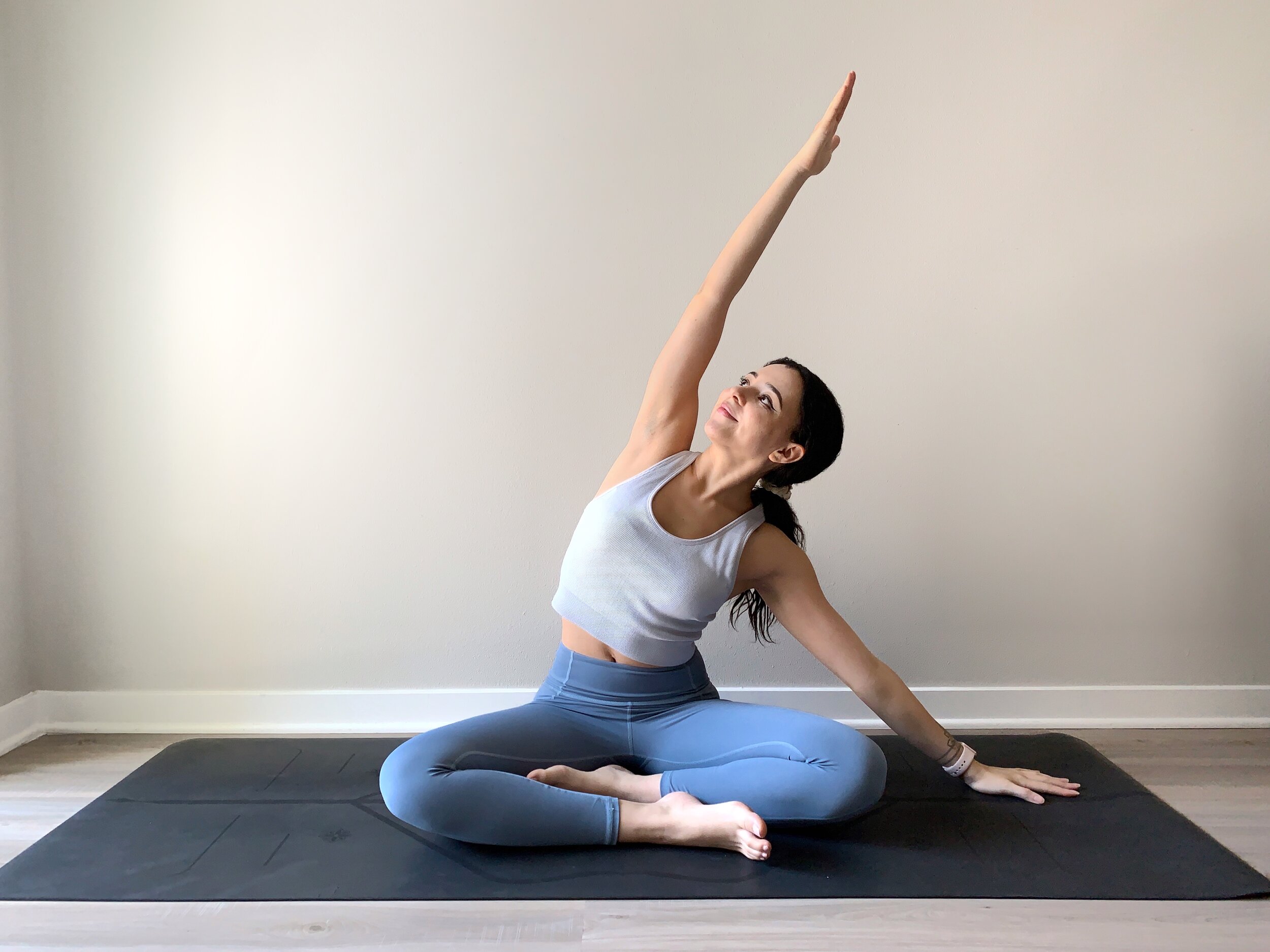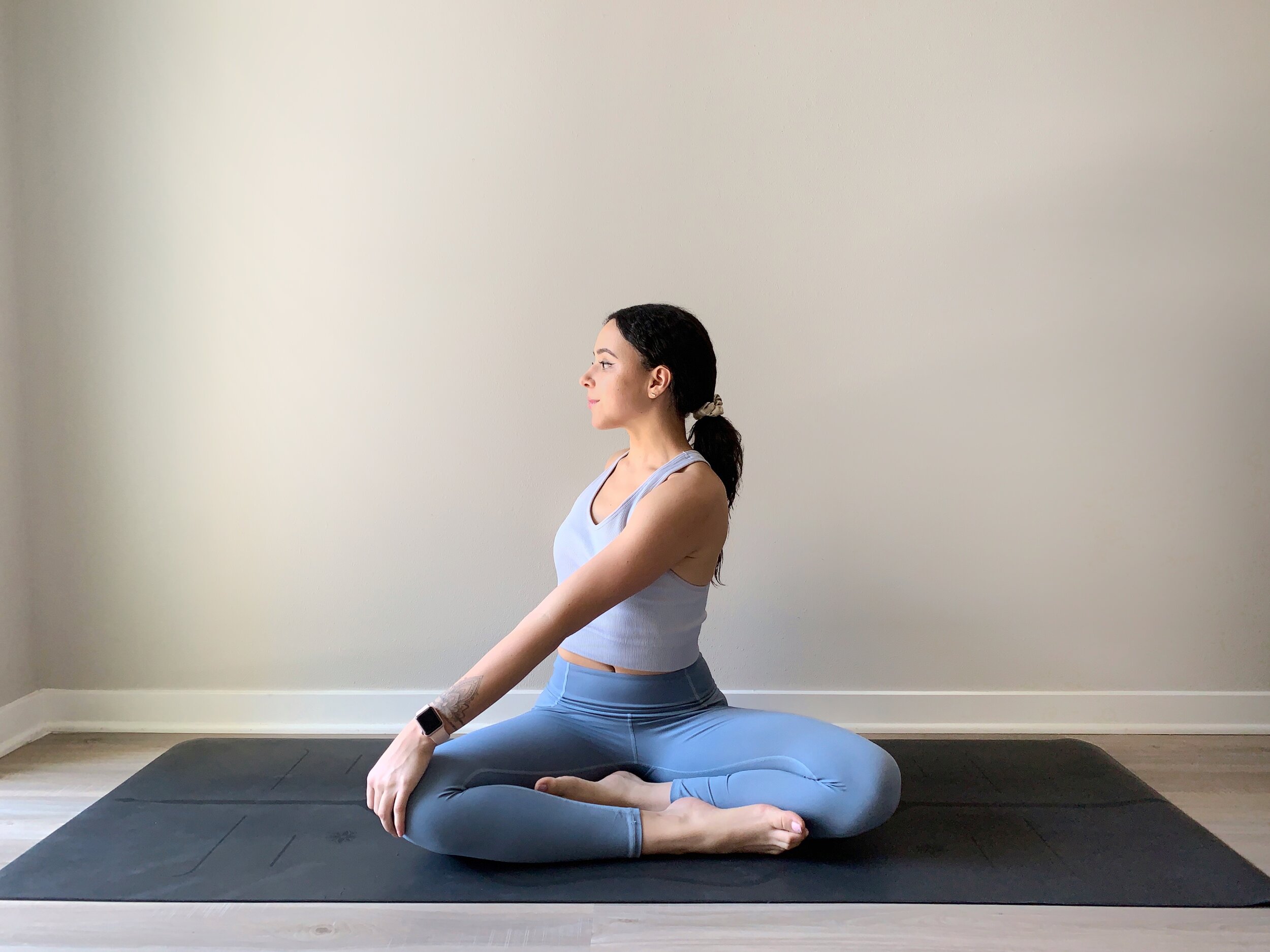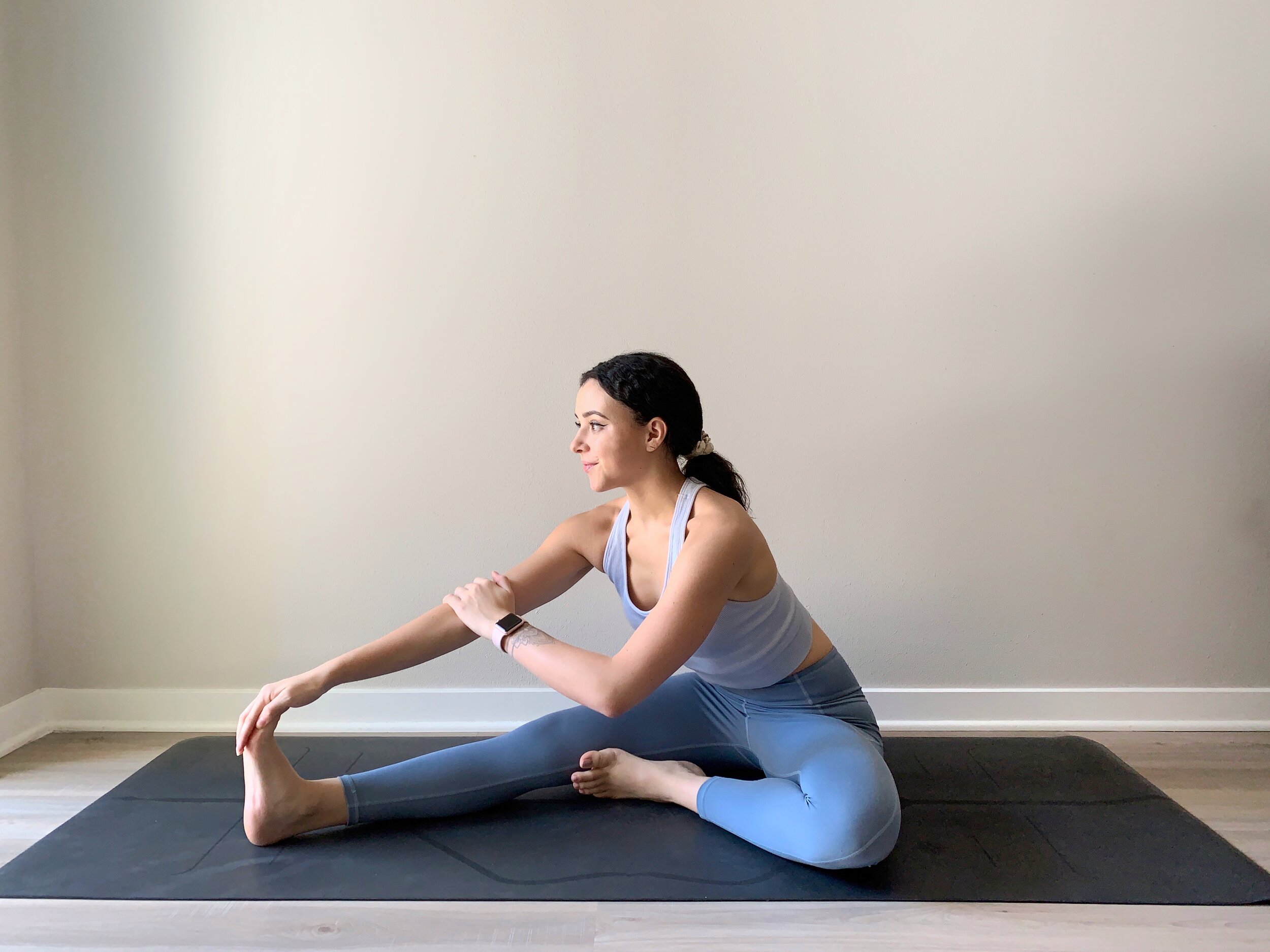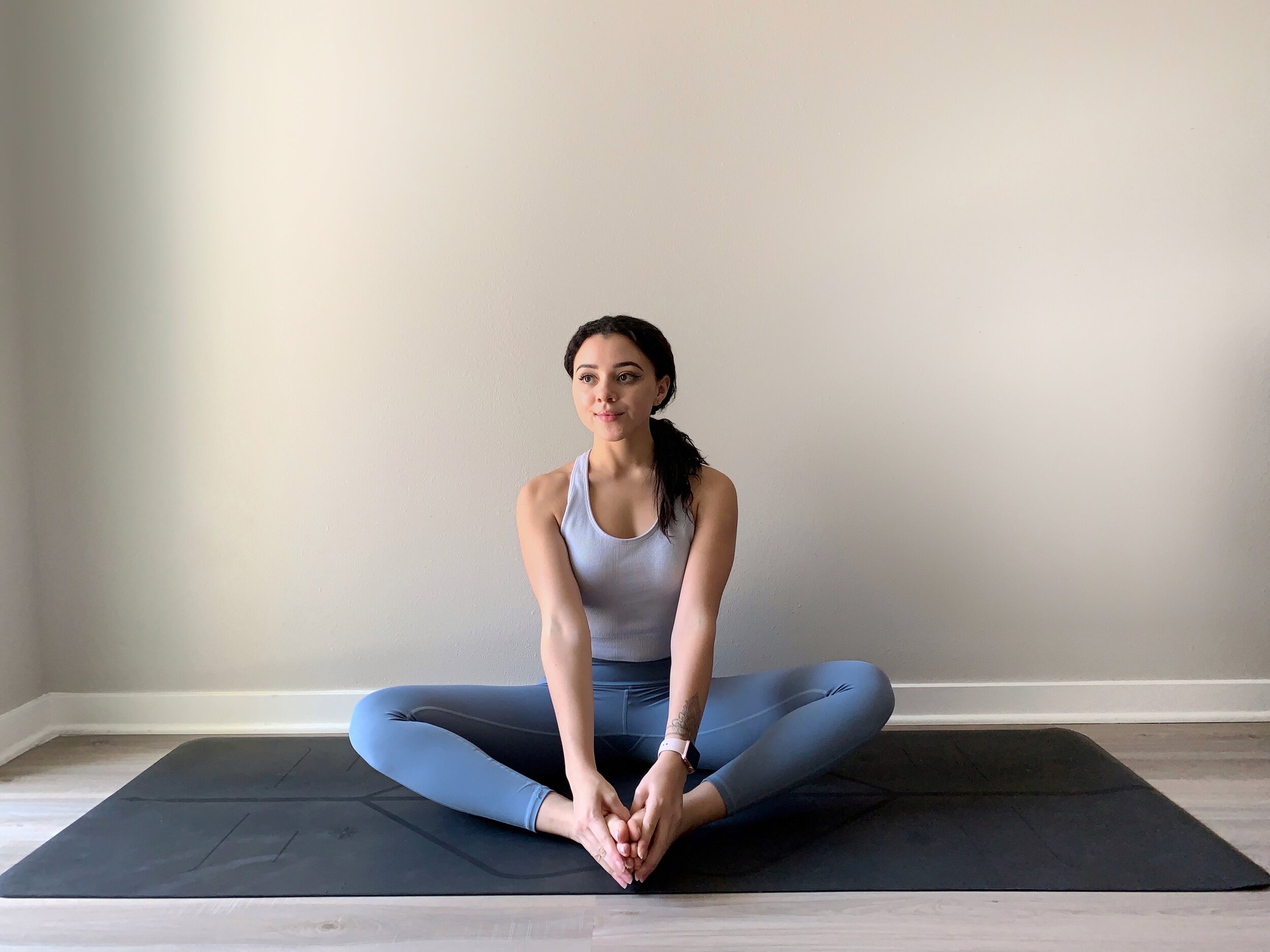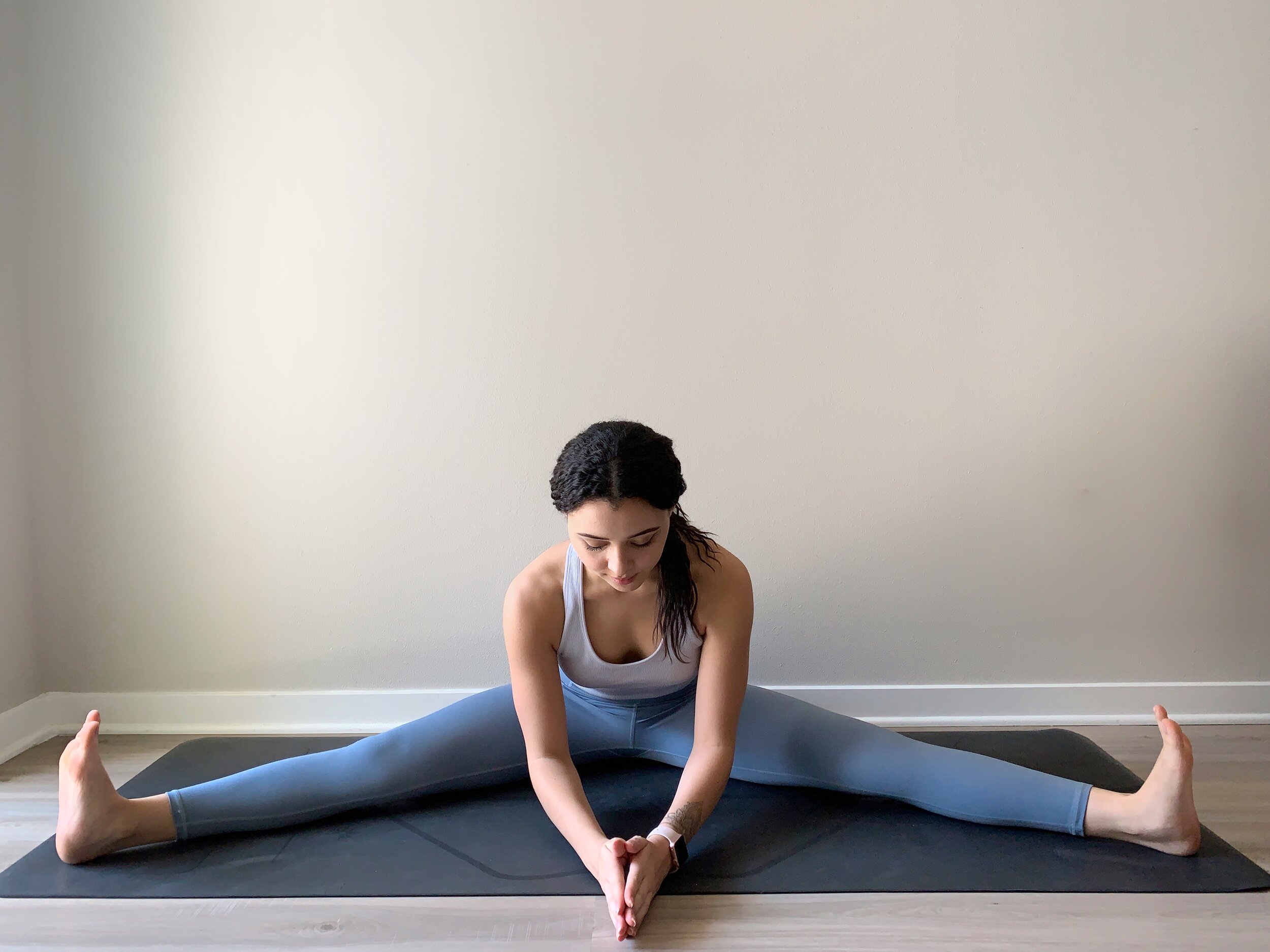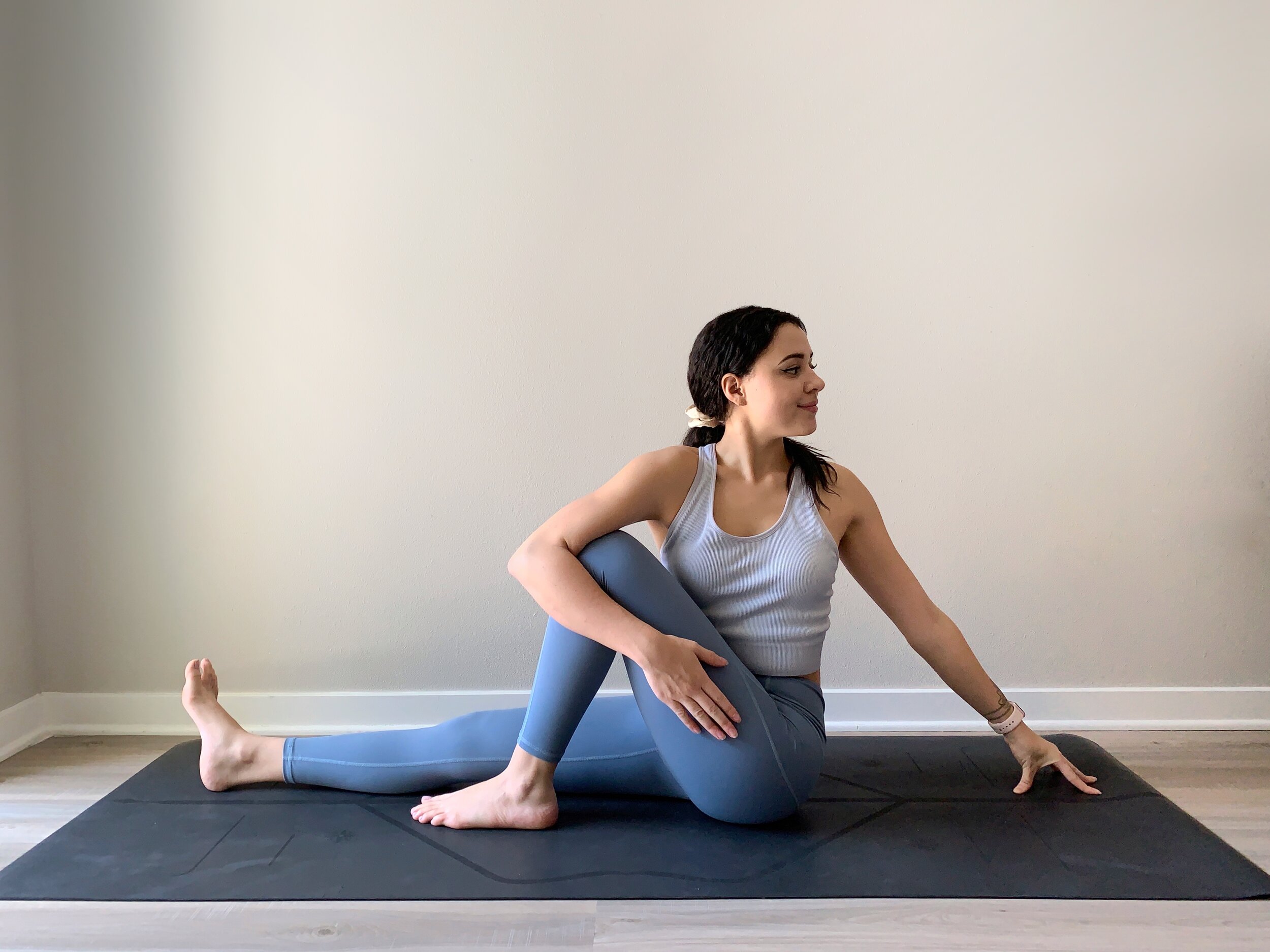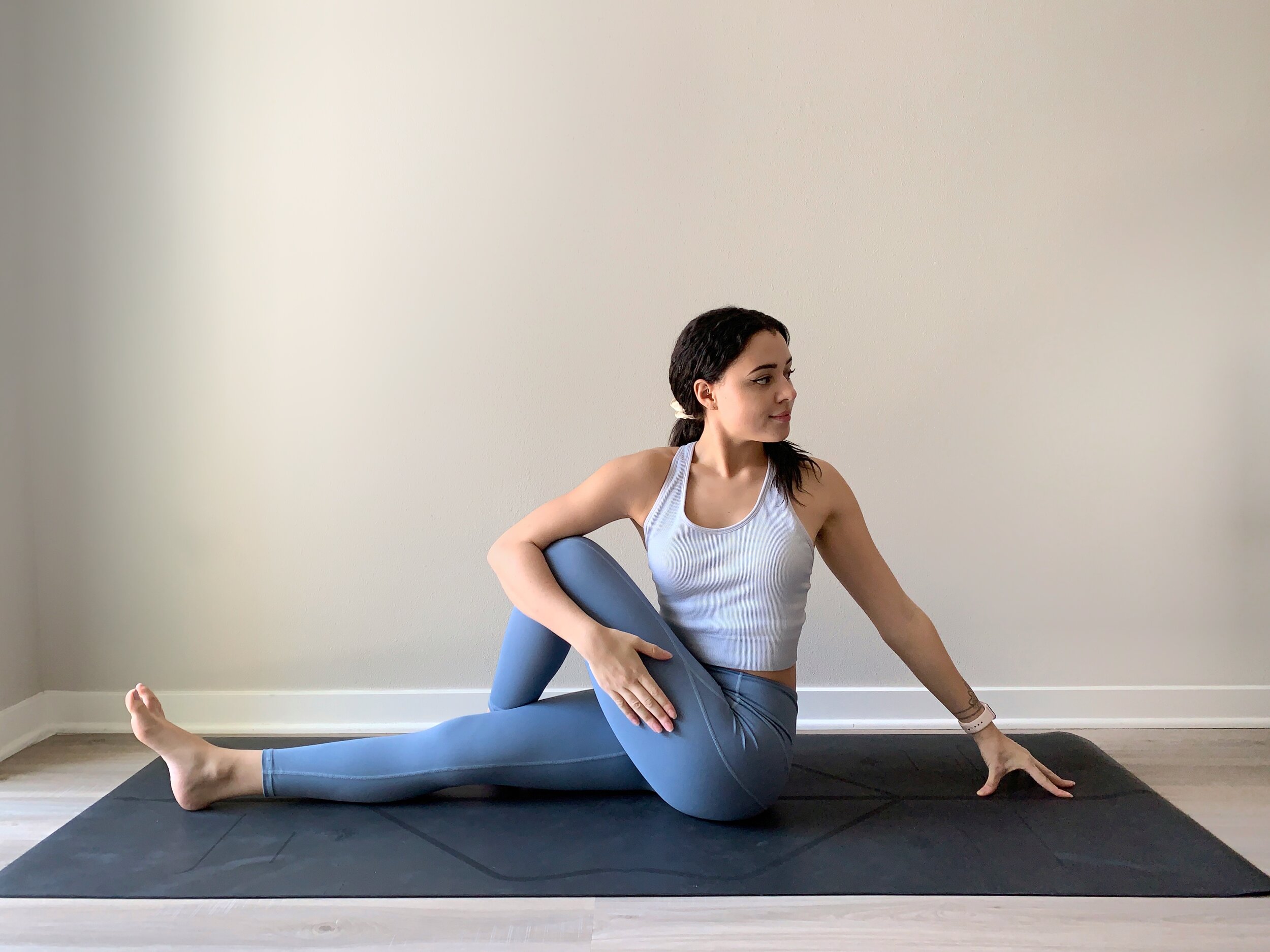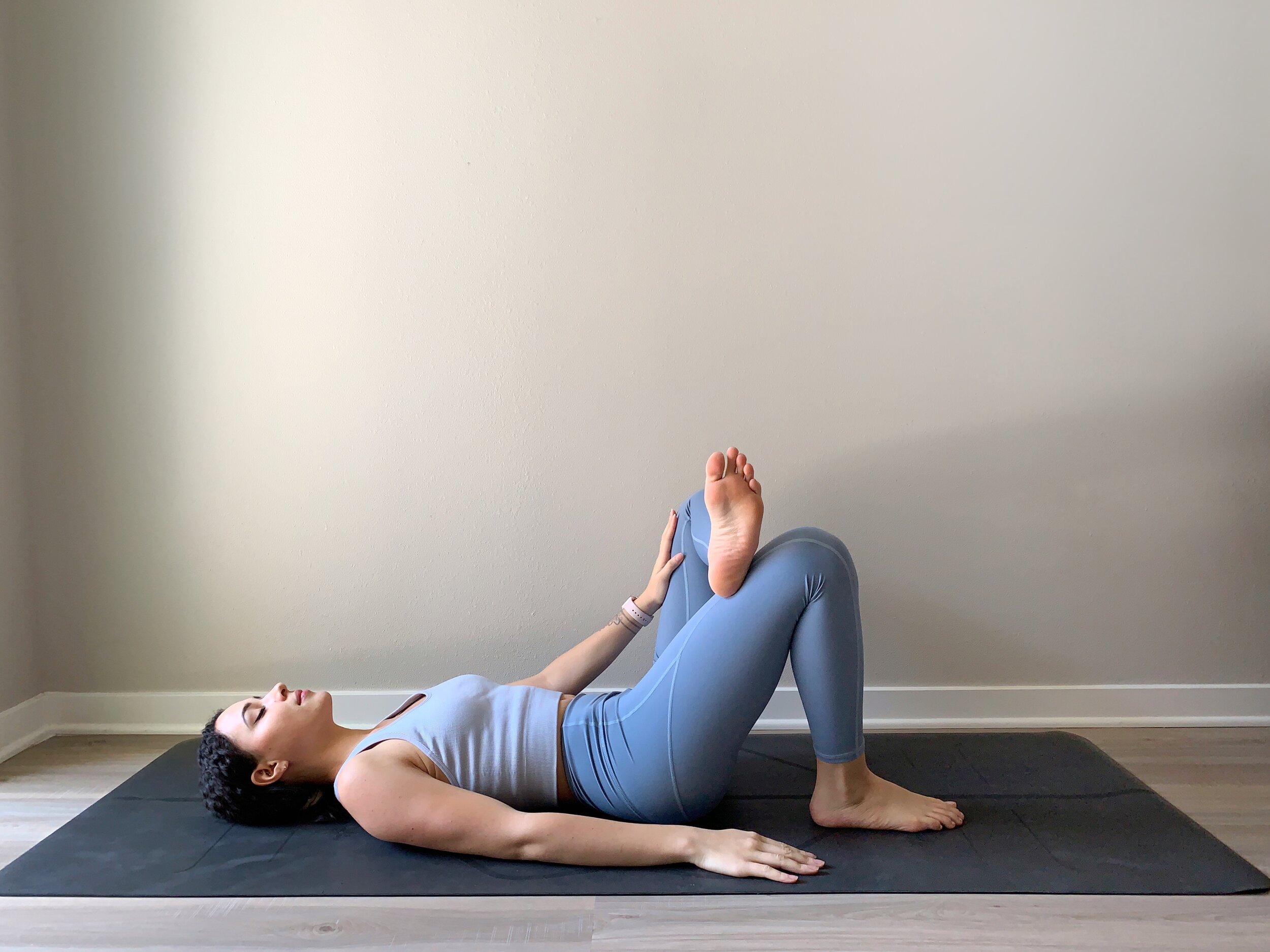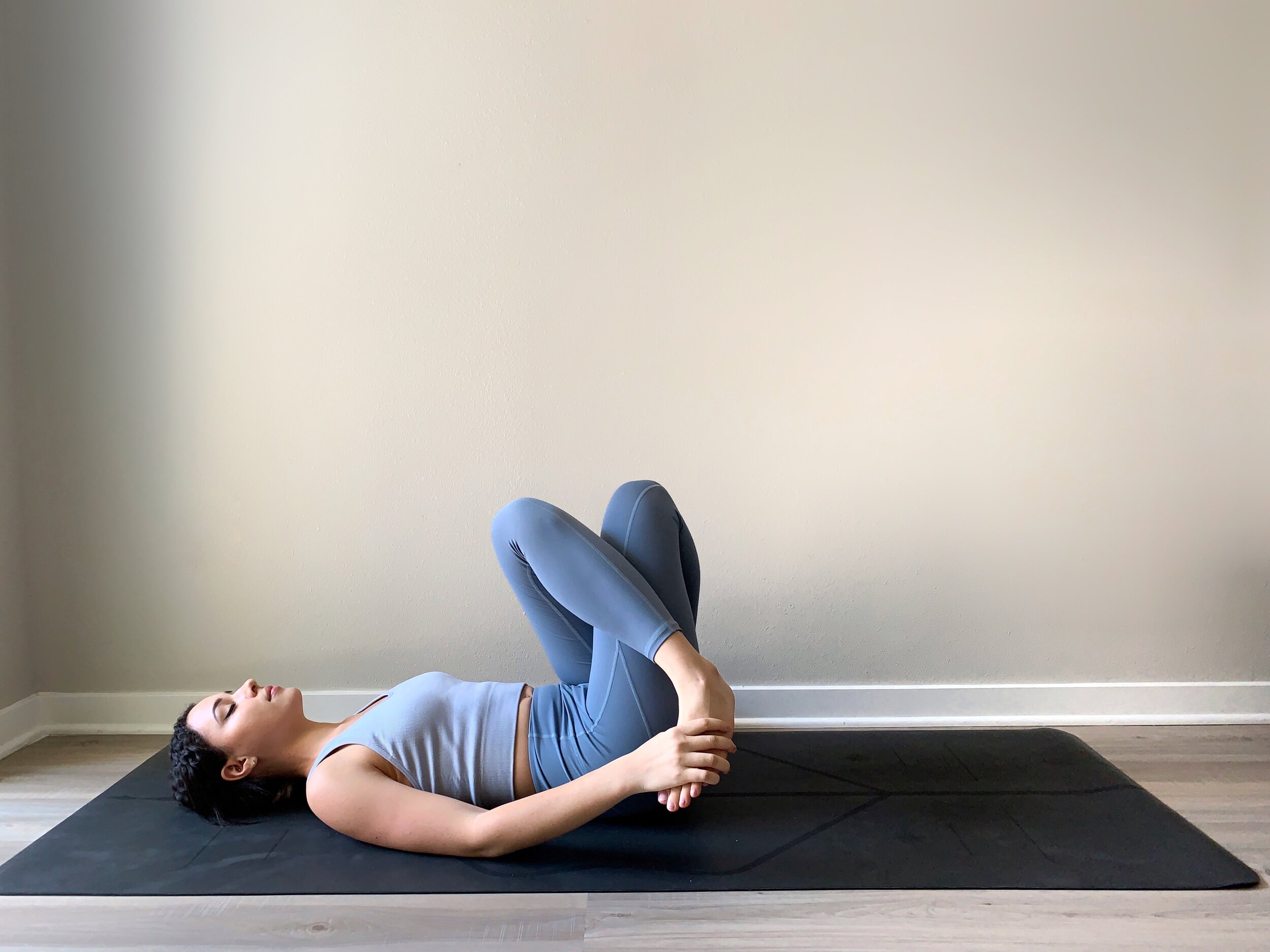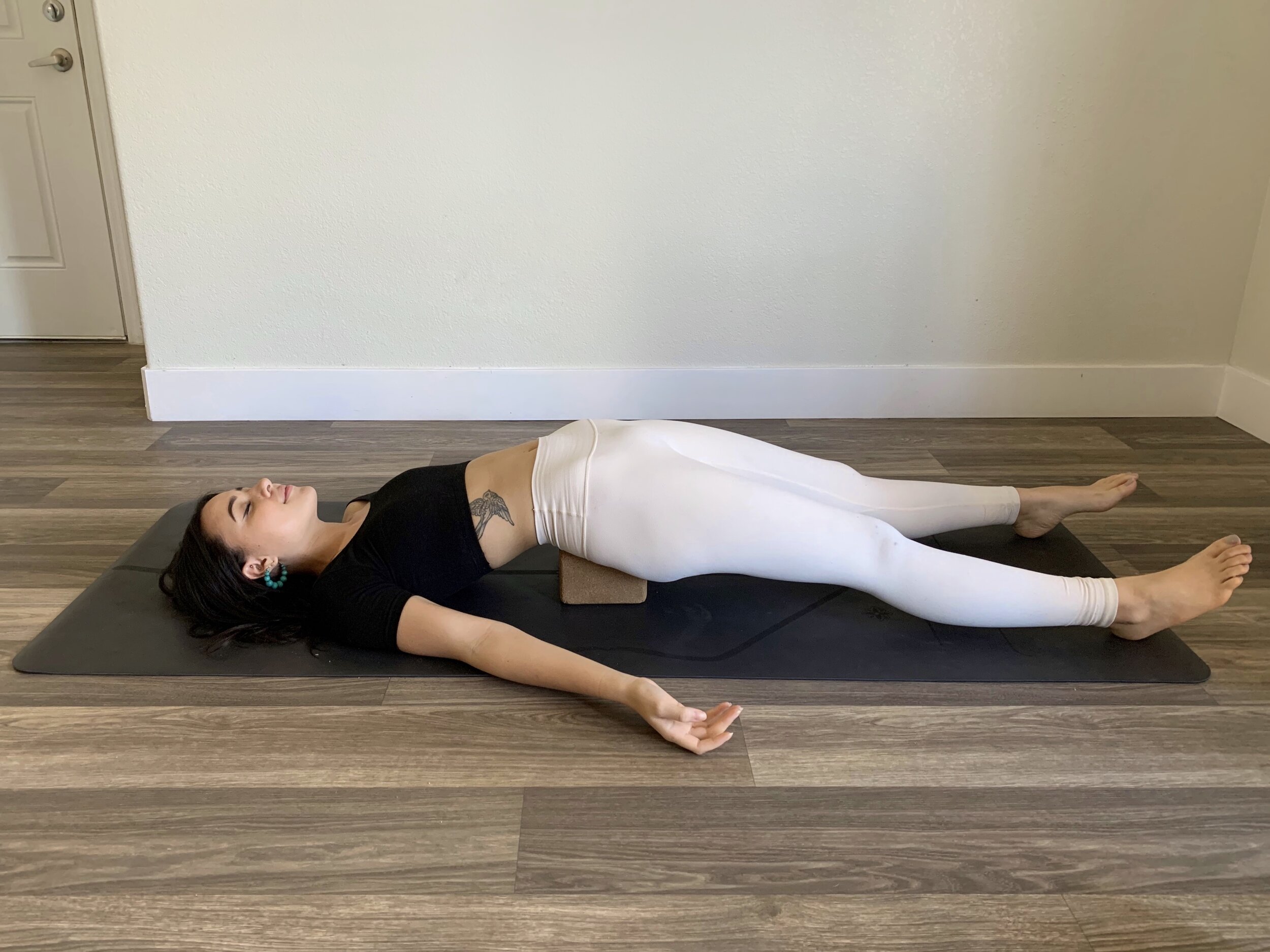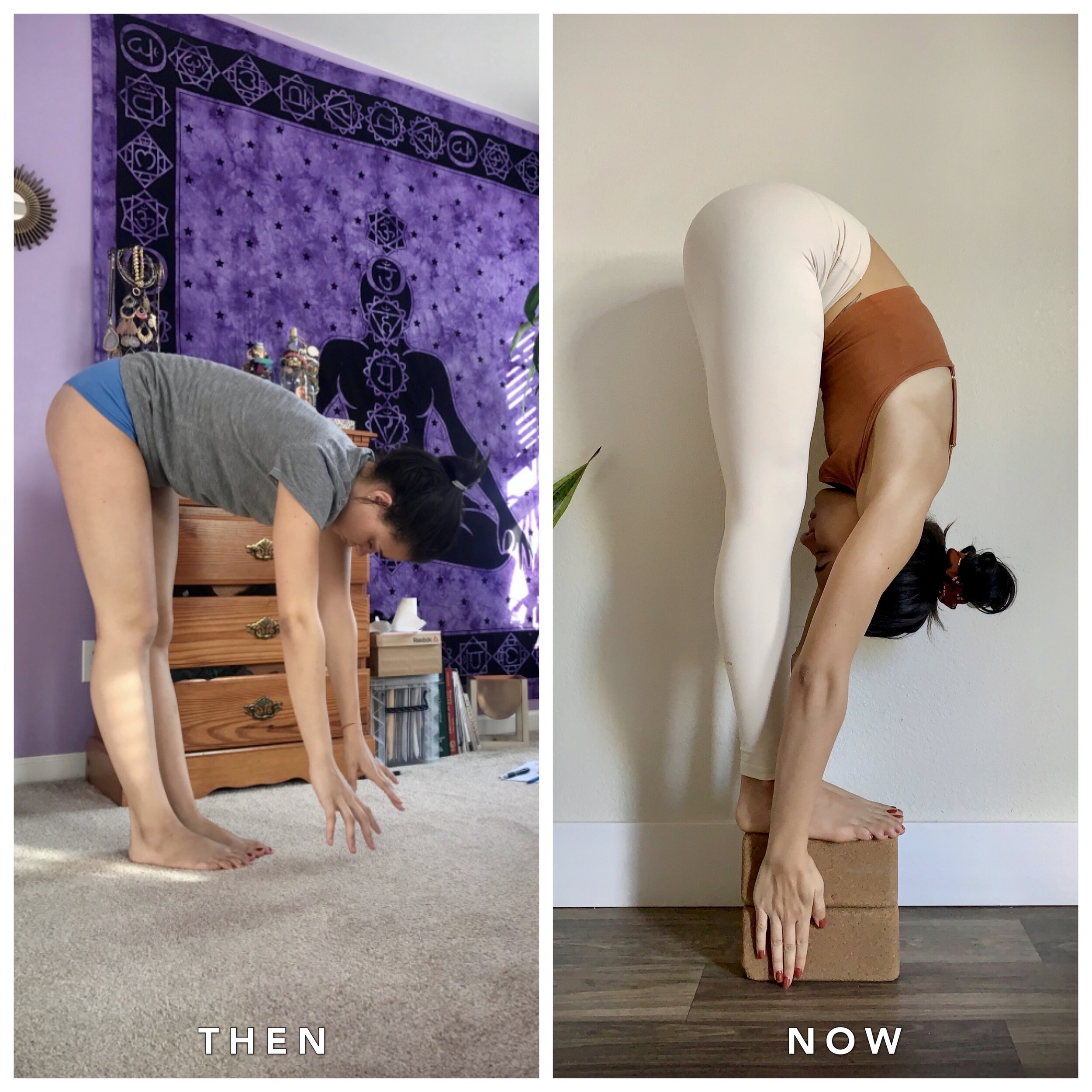Backbends are an essential part of our yoga practice and so important for the holistic health of our body and mind. In this post I will be explaining some of the physical, emotional and mental benefits of backbends.
FIRST — WHY DO WE BEND BACKWARDS IN YOGA?
In general, backbends are an energizing and stimulating pose. They’re great to do first thing in the morning to kick start the nervous system and awaken the body. There are so many benefits to backbends, but here are a few of the biggies (and my favorites) plus some explanation into the why behind them:
STIMULATES THE SYMPATHETIC NERVOUS SYSTEM
Although much of yoga is about relieving stress and calming the body and mind, there’s still a very large aspect of stimulating the body. We do this for a variety of reasons; to build strength + endurance, to stimulate energy flow within the body and to increase circulation + maintain cardiac health. Therefore it’s important to stimulate our nervous system and innervate the sympathetic nervous system (also known as the “fight or flight” response) as well as our parasympathetic nervous system (also known as the “rest and digest” or relaxation response). It is the Yang to the Yin.
In our backbends, pressure is increased at the heart center due to compression of the chest cavity, the adrenals are squeezed and the heat in the body is increased which stimulates the sympathetic nervous system. This activates and energizes the body and can be therapeutic for fatigue, low energy and mild cases of depression.
HELPS TO INCREASE IMMUNITY + STIMULATE THE LYMPHATIC SYSTEM
Compression of the thymus gland (located in the center of our chest) into the sternum (breastbone), helps to stimulate the thymus gland - a very important organ in our lymphatic system. It also aids in massage of the spleen - our largest lymphatic organ in the body. These glands are largely involved in maturation and storage of white blood cells in the body. They help to filter red blood cells + kill cells that have been infiltrated by a pathogen (bad things like bacteria, infection, virus etc.), ultimately helping to remove infection in the body.
Backbends also usually involve a compression or opening of areas in the body that contain our lymph nodes - mainly the armpits, groin and neck. This helps stimulate the lymph nodes and movement of lymphatic fluid through these nodes, helping to filter lymph fluid to remove infection and waste in the body.
CONTRIBUTES TO OVERALL SPINAL HEALTH & CORRECT POSTURE
When bending backwards safely and mindfully in yoga, we open up the front side of our body and start to explore the range of movement in the spine. Particularly the cervical + thoracic spine (our mid to upper spine). This is particularly important with the type of modern-day daily activities we are commonly exposed to. For example - working at a desk, driving, watching TV, housework etc. These repetitive movements create this type of ‘hunched forward’ posture. After a prolonged period, this shortens the muscles in the chest which in turn pulls the shoulders forward, further rounding out through the upper spine and shoulders. Backbends help to reverse the effects of this hunched posture and opens the chest to stretch and release tension or tightness through the chest muscles.
In our backbends, we also explore the spine’s natural range of movement. This helps to strengthen the muscles that surround and support the spine including the QL (quadratus lumborum) and erector spinae. This helps to correct and maintain spinal alignment which contributes to an overall better posture.
MOVES & RELEASES ENERGY (PRANA)
When we talk about ‘energy’ in a yoga sense, we are talking about Prana or the force within our body that gives us vitality rather than the more physical energy we gain from nutrition, oxygen, etc.
So when energy starts to get stuck or blocked in a particular area, it starts to manifest in us physically, emotionally and mentally. For example, butterflies in the stomach - mental states of nerves and stress - cause a block in our energy giving us this physical sensation of butterflies or knots in our belly…. backbends can help us to move and release stuck energy throughout almost the entire body helping us to feel balanced and clear.
In particular, it opens through the chest which opens the heart, helping to become more welcoming to love, life and relationships. Also our stomach + solar plexus area which is related to self-confidence and personal power. So balance in this area helps us to feel more empowered within ourselves.
TRAINS THE BODY TO STAY CALM WHEN UNDER STRESS OR CONFRONTED WITH FEAR
According to Traditional Chinese Medicine (TCM), we store a lot of emotions in the organs of our torso. Our backbends stimulate some of these ‘powerhouses’ of emotion storage: the hips, heart, stomach and kidneys for example.
Our backbends in particular, squeeze into the kidneys which house the emotion of fear. This allows us to confront fear, giving a feeling of letting go or becoming free. I know when I’m practicing lunges with a backbend and my arms overhead, I am sometimes reluctant to release my head backwards, but the times I do I feel so open and free afterwards. An interesting feeling! I’ve also noticed an increase in self-confidence when I’m able to remain calm and perform a backbend which initially felt challenging.
The stimulation of the nervous system paired with the use of Ujjayi Breath (the Yogic Breath - breathing in and out through the nose, constricting the back of the throat), helps train the body to remain calm + in control when perhaps our body is experiencing stress or a large emotional release. This can be applied to our life off the yoga mat, using similar techniques in stressful situations. This helps the body to deal and process stress or challenges in life without the physical overreaction of the nervous system (that fight or flight response where your heart starts racing, your breath shallows and your body prepares for danger).
So those are my 5 favorite benefits to backbends! I hope that this information encourages you to include more of these postures in your regular practice. Be sure to check out the 21-Day Open Your Heart backbend challenge on the Jess Yoga app.



